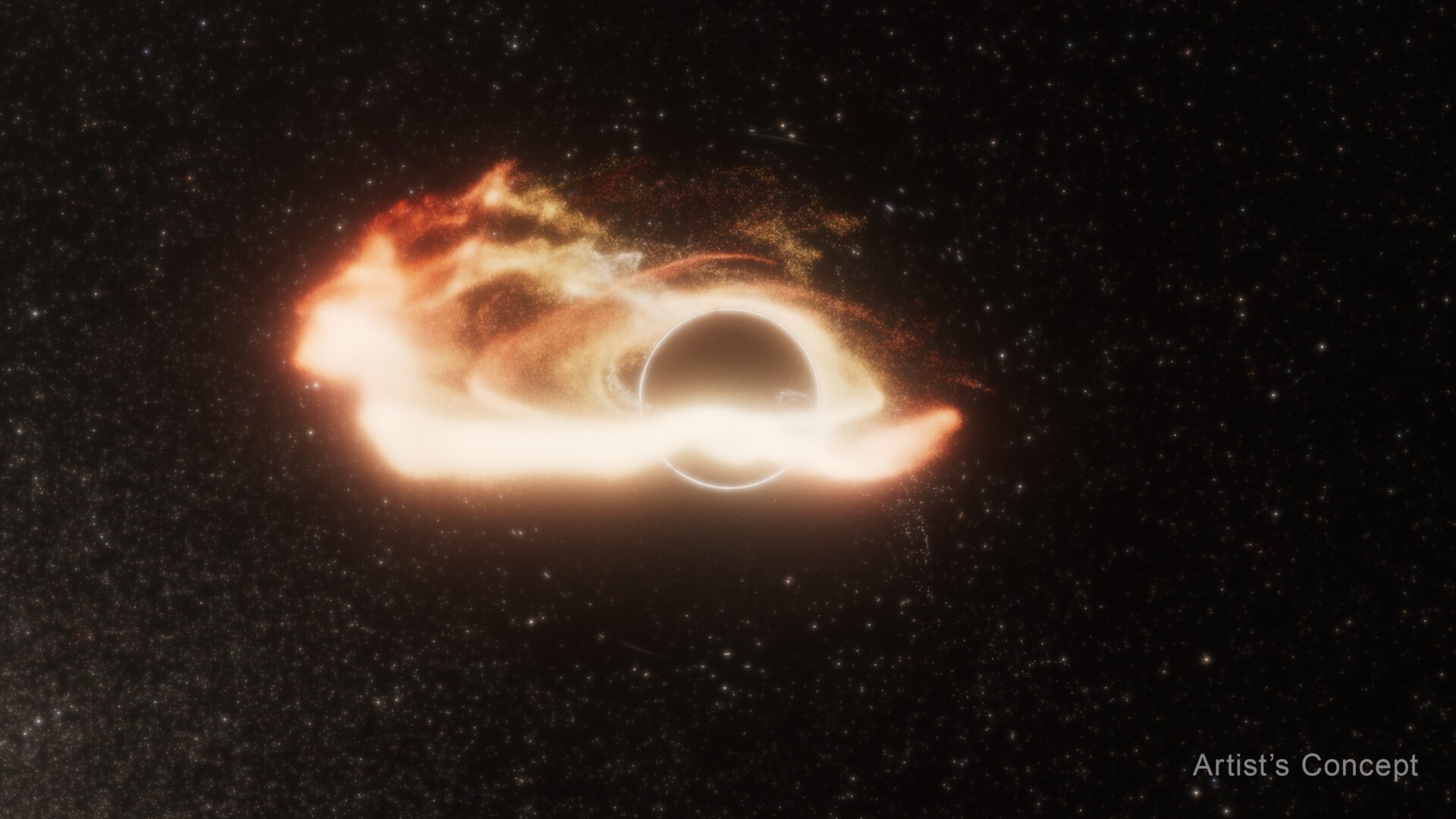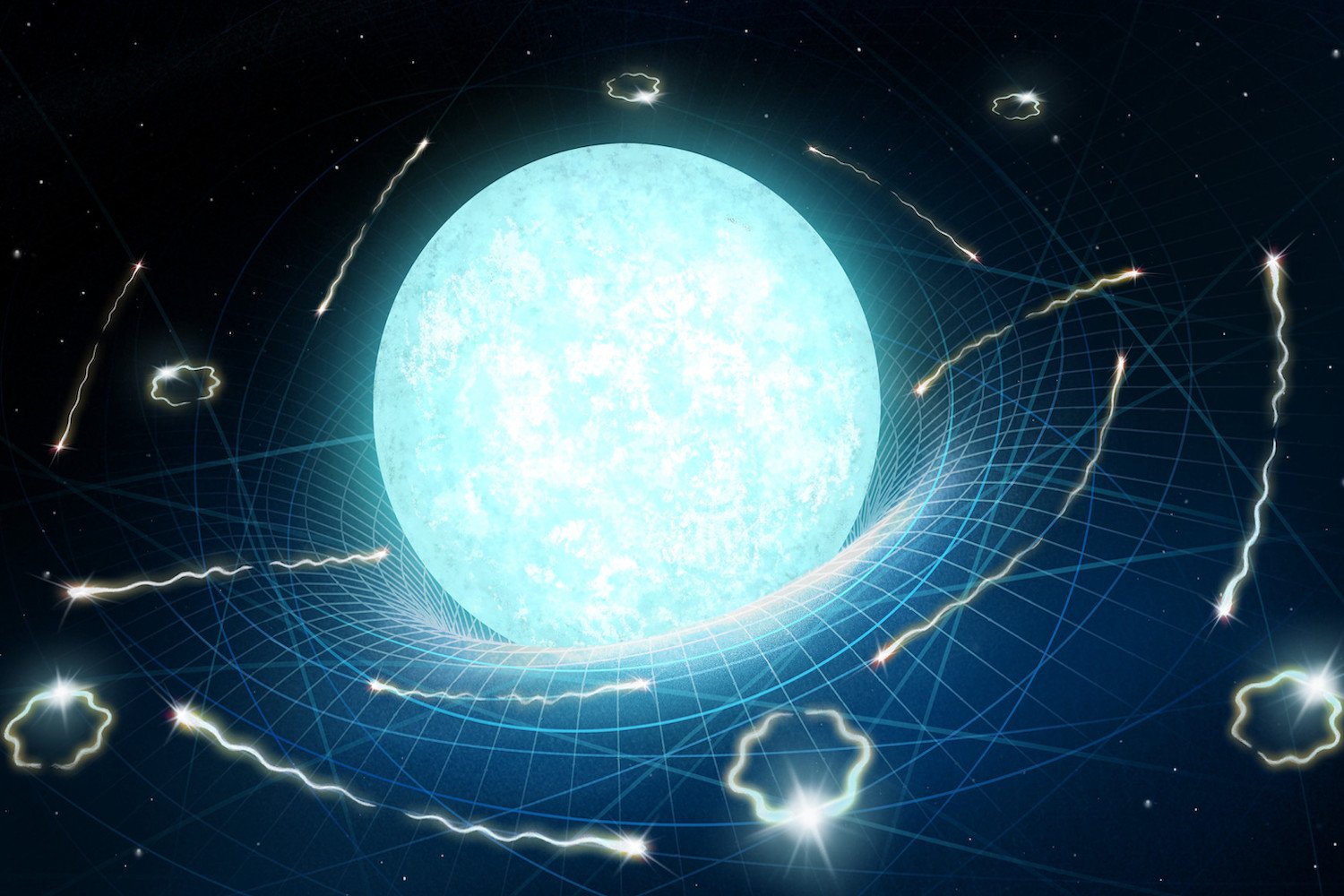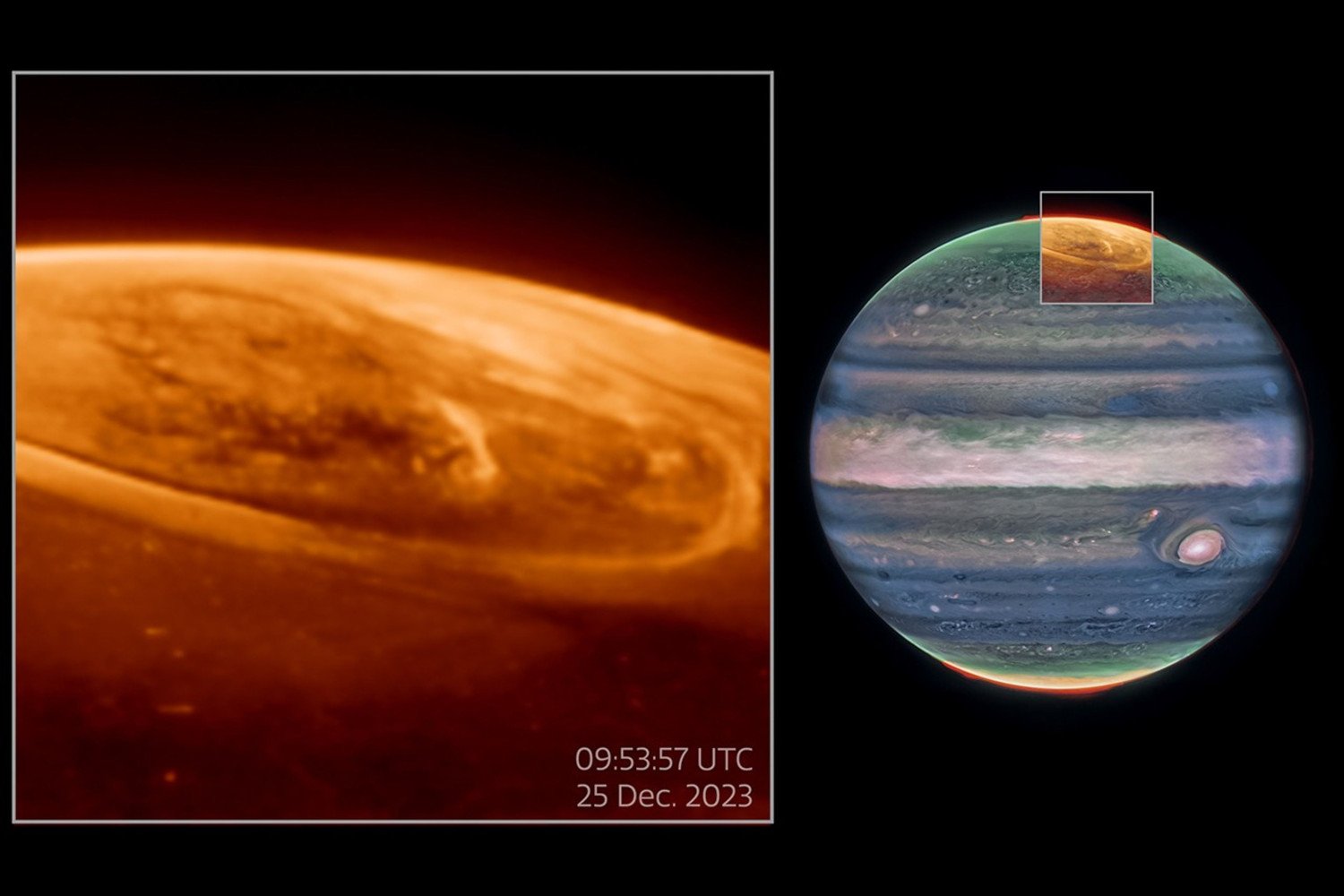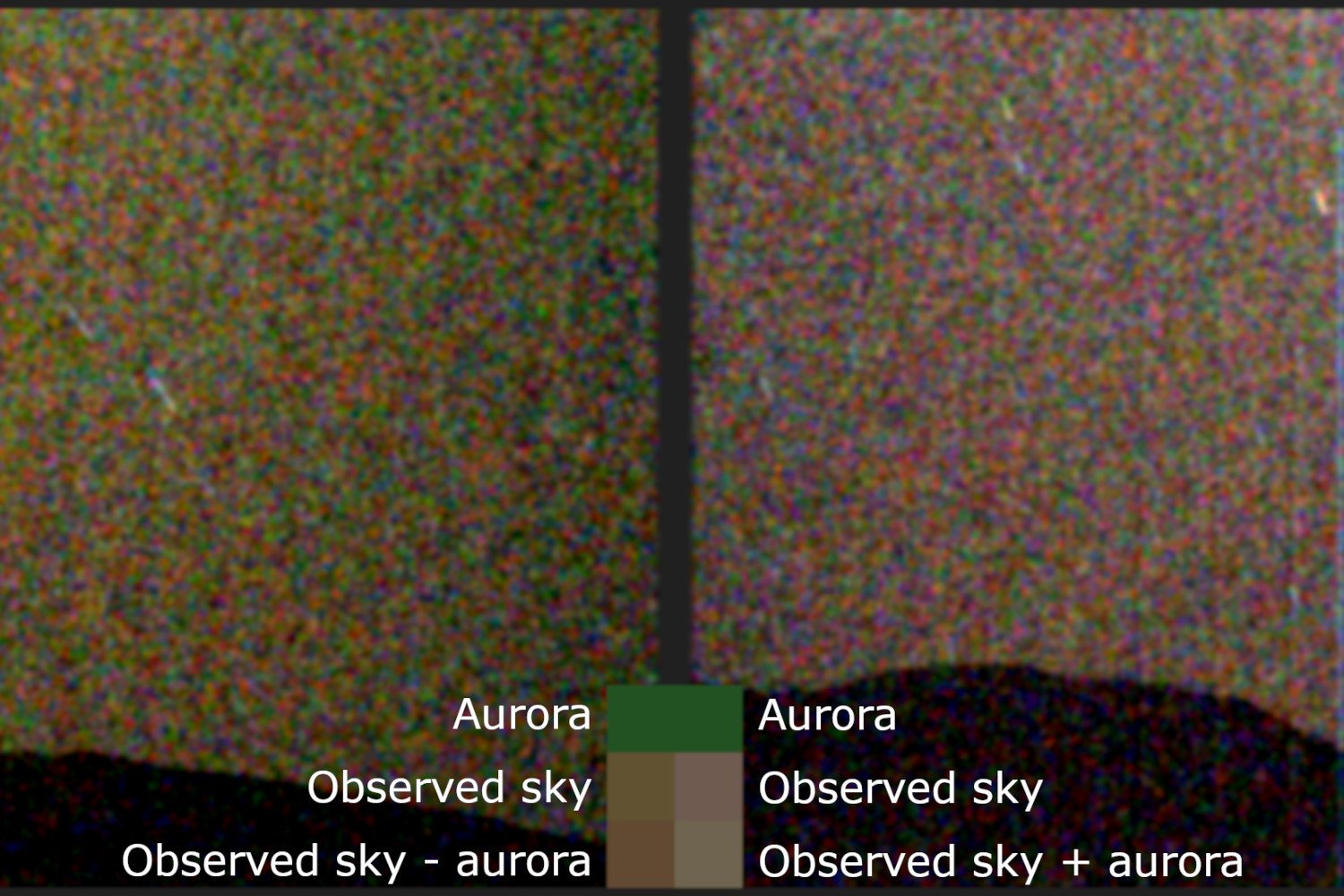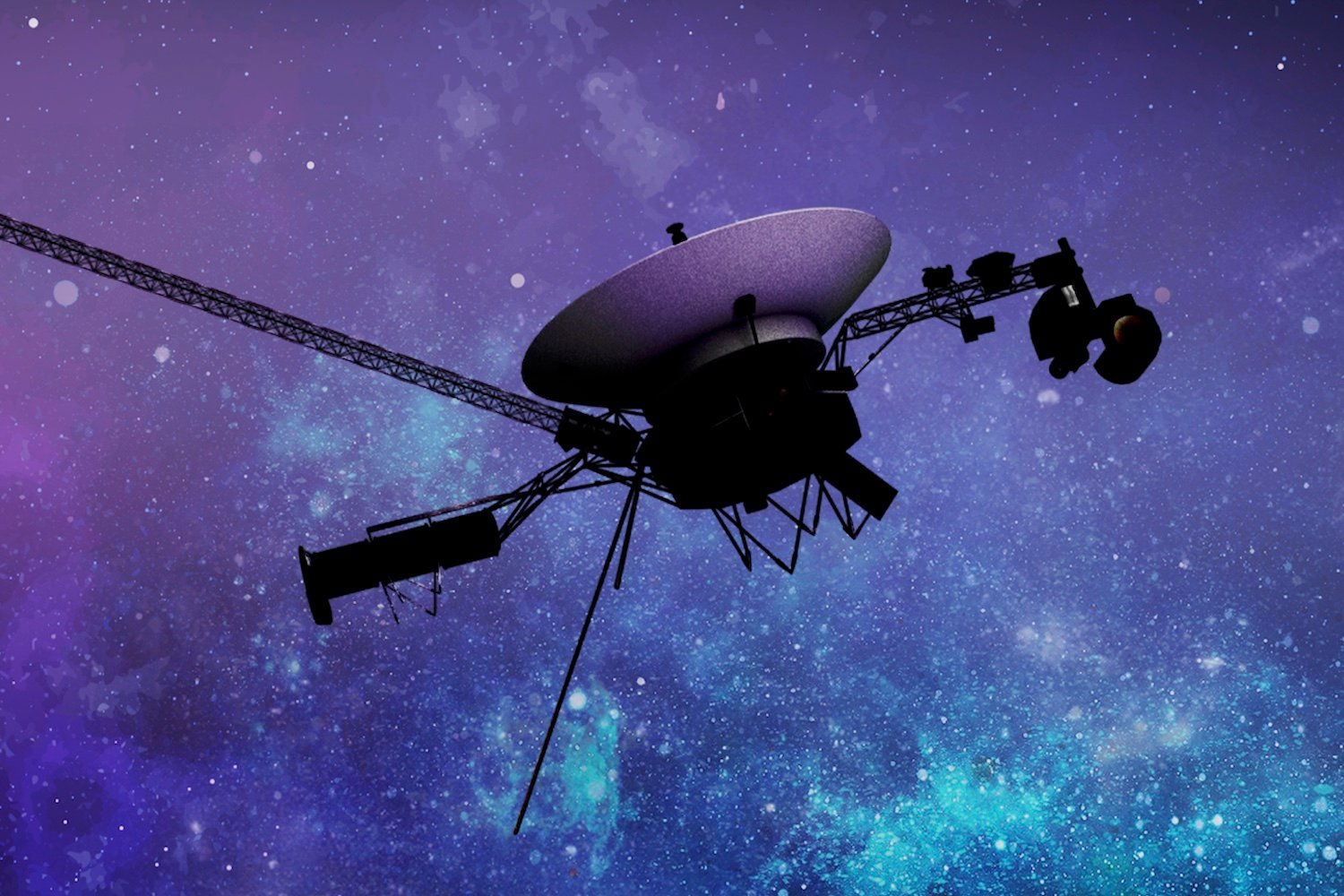Astronomers have witnessed a dramatic cosmic event: a supermassive black hole consuming a star approximately 600 million light-years from Earth. This black hole, however, isn’t residing in the typical location at the heart of its galaxy. Instead, it’s wandering through the galaxy’s outskirts, a discovery that has significant implications for our understanding of these enigmatic objects.
The event, designated AT2024tvd, was initially detected by the Zwicky Transient Facility at the Palomar Observatory. Subsequent observations by renowned space telescopes like Hubble and Chandra confirmed the discovery and pinpointed the location of this extraordinary cosmic encounter. What surprised researchers was the black hole’s position – 2,600 light-years from the galactic center. While this seems like a vast distance, it’s only about one-tenth the distance between our Sun and Sagittarius A*, the supermassive black hole at the center of our Milky Way galaxy.
A Tidal Disruption Event Unveils a Wandering Black Hole
AT2024tvd is classified as a tidal disruption event (TDE). These events occur when a star ventures too close to a black hole, and the immense gravitational forces tear the star apart in a process known as spaghettification. The resulting burst of energy is colossal, sometimes rivaling the brightness of a supernova. This intense flash of light is detectable across the electromagnetic spectrum, making TDEs invaluable tools for identifying black holes that would otherwise remain hidden.
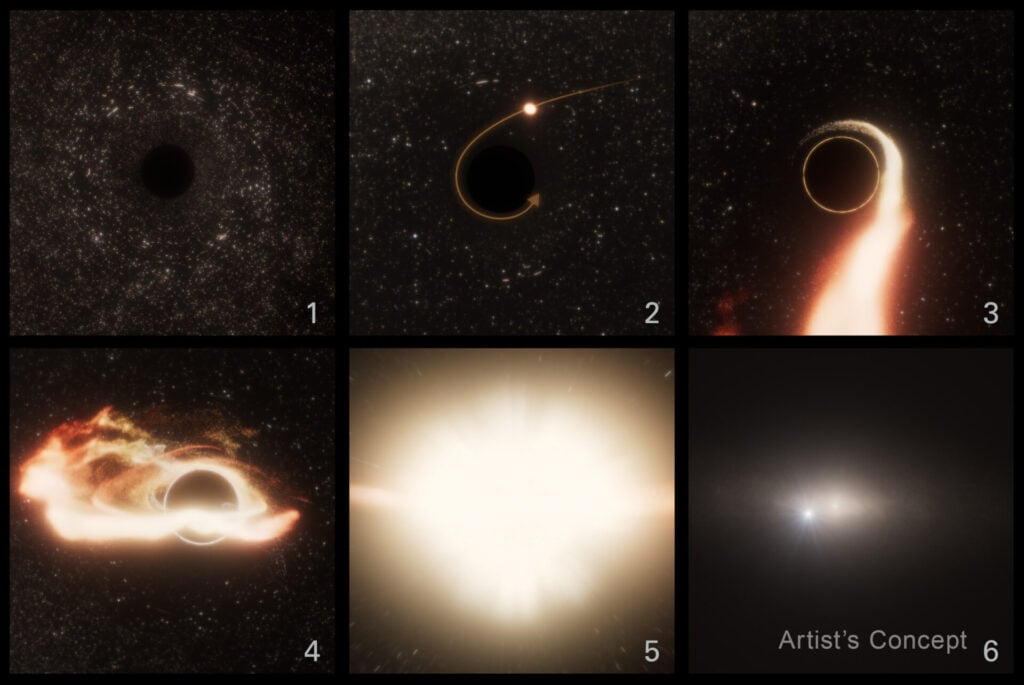 Six panels (clockwise) illustrating a black hole pulling in a star, stretching it into a disk, radiating light, and the light from the event from a distance, with a galaxy in background.
Six panels (clockwise) illustrating a black hole pulling in a star, stretching it into a disk, radiating light, and the light from the event from a distance, with a galaxy in background.
What sets AT2024tvd apart is its classification as the first optically-detected off-center TDE, according to a forthcoming paper in The Astrophysical Journal Letters, also available on the arXiv preprint server. This discovery showcases how these rogue black holes, warping spacetime as they traverse the cosmos, can be detected through the unfortunate demise of a nearby star.
Unraveling the Mystery of the Rogue Black Hole’s Origin
Researchers propose two possible explanations for the black hole’s unusual location. The first suggests that it once resided at the center of a smaller galaxy that merged with the larger galaxy, leaving the black hole adrift. The second proposes that it was ejected from a three-body system of black holes at the galaxy’s core, flung outwards by the gravitational interplay of its larger companions. The rogue black hole is estimated to have a mass approximately one million times that of our Sun, significantly smaller than the supermassive black hole at the galaxy’s center.
Future Implications for Black Hole Discovery
Currently, the team is uncertain whether the black hole is being drawn towards the central black hole or continues to drift. With the advent of new observatories like the Vera Rubin Observatory and the Roman Space Telescope, scientists anticipate further discoveries of these wandering black holes.
This discovery highlights the unexpected locations and behavior of these powerful cosmic entities, underscoring the vastness and dynamism of the universe. AT2024tvd not only reveals a rogue black hole but also opens up new possibilities for understanding the evolution and distribution of supermassive black holes in galaxies.



